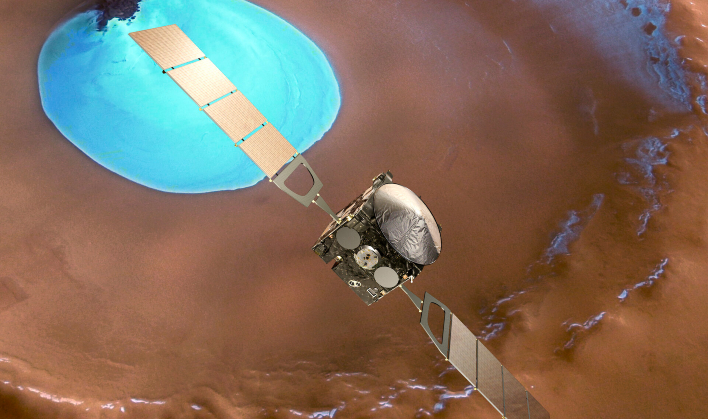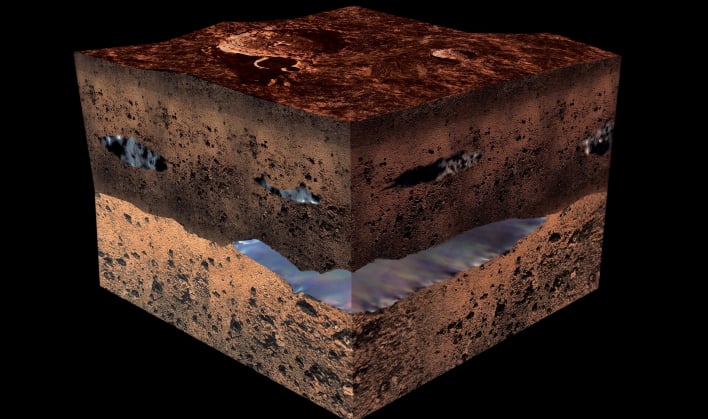Mars Express Orbiter Still Runs Windows 98 But Fear Not An Upgrade Is Incoming

The Mars Express spacecraft was launched 19 years ago, and has spent the last two decades helping scientists understand the history, present and future makeup of Mars. While the Mars Advanced Radar for Subsurface and Ionospheric Sounding (MARSIS) instrument was critical in helping to discover signs of liquid water on Mars, ESA is now wanting to upgrade it. However, it will first have to update the software that was designed over 20 years ago using Windows 98.
"After decades of fruitful science and having gained a good understanding of Mars, we wanted to push the instrument's performance beyond some of the limitations required back when the mission began," remarked Andrea Cicchetti, MARSIS Deputy PI and Operation Manager at the Istituto Nazionale di Astrofisica (INAF), and led the development of the upcoming upgrade.
MARSIS sends low-frequency radio waves down to the surface of Mars using its 40-meter long antenna. Most of these waves are reflected back from the planet's surface, but a large number of them actually travel through the crust and are reflected at boundaries between layers of varying materials beneath the surface, including ice, soil, rock and water.

"Previously to study the most important features on Mars, and to study its moon Phobos at all, we relied on a complex technique that stored a lot of high-resolution data and filled up the instrument's on-board memory very quickly," stated Andrea. The upgrade will enable the ability to discard data that is not needed, and in turn allow MARSIS to stay on for five times as long and explore a larger area with each pass.
ESA Mars Express scientist Colin Wilson added that there are regions near the south pole on Mars that may have already seen signals indicating liquid water in lower-resolution data. "The new software will help us more quickly and extensively study these regions in high resolution and confirm whether they are home to new sources of water on Mars. It really is like having a brand new instrument on board Mars Express almost 20 years after launch."
The new software was designed in a joint effort by the INAF team and Carol Nenna, MARSIS on-board software engineer at Enginium, who is implementing the upgrade. It is currently being implemented on the Mars orbiter by the ESA. The update will include a series of other updates that will improve signal reception and on-board data processing, in order to increase the volume and quality of scientific data sent back to Earth.
Top Image Credit: ESA

